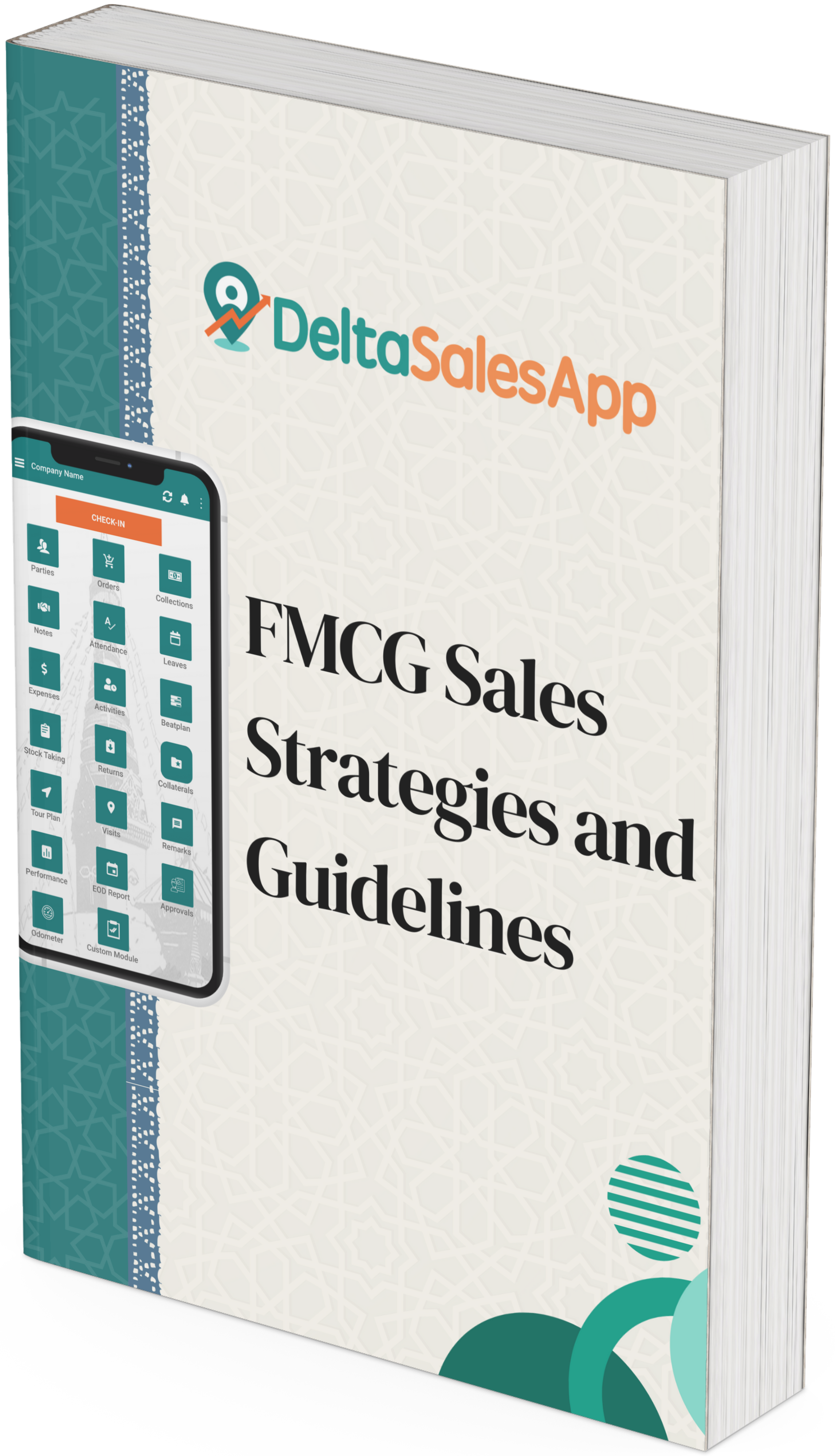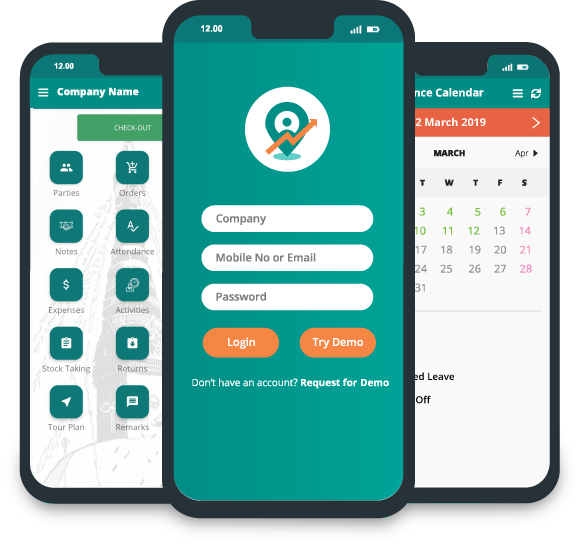Mastering Sales Performance Monitoring For Business Growth

Running a distribution business can be challenging, but having streamlined sales performance monitoring processes can make all the difference in achieving rapid growth. If your business is struggling with slow progress, there are a few common issues you may face, such as lack of resources, inefficient processes, or inconsistent execution. Understanding how to solve these challenges will help you improve your overall sales performance and move faster toward business success.
Why Are Efficient Sales Processes and Monitoring Crucial?
Sales performance monitoring is the backbone of your business. Whether you are dealing with resource constraints or struggling with inconsistent workflows, the key to overcoming these obstacles is building and implementing a robust process that is repeatable and easy to follow. Sales performance monitoring ensures that all activities are aligned with your goals, helping you track progress and make necessary adjustments for better outcomes.
Think of it like preparing for a flight: when you go to the airport, there’s a well-established process that you follow—checking in, passing through security, boarding, and so on. It’s all about reducing chaos and ensuring smooth, predictable operations. The same concept applies to sales performance monitoring. When you standardize your approach, you eliminate confusion, reduce mistakes, and ultimately save time.
Key Sales Processes and Monitoring Strategies That Drive Success
Salesperson Appointment Process
Hiring and appointing the right salespeople is the foundation of your sales process. This process should involve evaluating candidates thoroughly and ensuring they align with your company’s values and goals. Sales performance monitoring begins right from here—tracking the success and productivity of your sales force and identifying areas for improvement.Distributor Appointment and Evaluation
Whether you are working with a new distributor or managing existing relationships, it’s important to have a clear process for appointing and evaluating them. By integrating sales performance monitoring into distributor management, you ensure that they remain effective and continue to meet your performance criteria. This ensures that both parties can grow together while being aligned with your goals.Sales Performance Monitoring and Continuous Improvement
Once your sales team and distributors are in place, it’s important to continually monitor their performance. Sales performance monitoring helps you assess individual and team-level outcomes through key performance indicators (KPIs) such as sales volume, conversion rates, and customer satisfaction. This data allows for timely interventions, ensuring you stay on track and make informed decisions.Target Setting and Performance Reviews
Setting clear, achievable sales targets is essential to motivate your team and keep everyone focused on the right objectives. Sales performance monitoring plays a critical role here—regular assessments, through weekly, monthly, or quarterly meetings, allow you to track progress and adjust strategies. These reviews will help you provide constructive feedback and ensure your team meets their targets.Distributor Claim Process
Managing distributor claims is another critical area of your sales processes. Whether dealing with returns or product issues, a standardized claims procedure supported by sales performance monitoring ensures smooth operations. Monitoring this process will help you identify potential bottlenecks and improve efficiency, allowing you to maintain a positive relationship with your distributors.

The Power of Standardized Sales Processes and Monitoring
Sales performance monitoring isn’t just about tracking numbers—it’s about ensuring your team and distributors are aligned with your business goals. By implementing standardized processes, you’ll reduce operational chaos, improve sales efficiency, and create a better experience for both your team and your customers.
With continuous sales performance monitoring, you can pinpoint areas where your team may need additional support, identify new opportunities for growth, and refine strategies that drive success. This makes your operations more scalable and adaptable to changing market conditions, helping you achieve consistent business growth.
Conclusion
Optimizing your sales performance monitoring and processes is the key to overcoming obstacles and driving business growth. By focusing on essential areas—salesperson appointment, distributor management, performance monitoring, target setting, and claims handling—you’ll create a solid foundation for long-term success.
Ready to streamline your sales processes and boost your performance? Start by implementing these strategies and monitoring your progress regularly. This consistent approach will help you optimize sales, enhance distributor relationships, and ultimately grow your business effectively.
Frequently Asked Questions (FAQ)
1. What is sales performance monitoring, and why is it important?
Sales performance monitoring refers to the process of tracking and evaluating the activities and results of your sales team and distributors. It is essential for identifying areas of improvement, aligning efforts with business goals, and ensuring consistent growth. Without proper monitoring, it can be difficult to pinpoint inefficiencies and make informed decisions.
2. How do I track the performance of my sales team?
To track the performance of your sales team, you should focus on key performance indicators (KPIs) such as sales volume, conversion rates, customer acquisition costs, and customer satisfaction. Regular reviews through weekly, monthly, or quarterly meetings can help assess individual and team outcomes, allowing you to provide feedback and adjust strategies as necessary.
3. What are the best strategies for managing distributors effectively?
Effective distributor management includes appointing the right distributors, setting clear performance expectations, and regularly evaluating their performance using metrics like sales volume, market reach, and compliance with agreed-upon terms. Building strong communication and feedback loops ensures long-term successful partnerships.
4. How can I improve my sales team’s productivity?
Improving sales team productivity involves setting clear goals, offering continuous training, using sales performance monitoring tools, and providing constructive feedback. Additionally, leveraging technology such as sales automation tools can help streamline processes and reduce administrative workload, allowing your sales team to focus more on selling.
5. How can sales performance monitoring help in overcoming business challenges?
Sales performance monitoring helps identify bottlenecks, inefficient processes, and areas where the team may be lacking. By continuously tracking performance, businesses can make data-driven decisions, adjust strategies, and improve efficiency, ultimately leading to accelerated growth and better resource management.
6. What tools can I use to monitor sales performance?
There are several tools available to monitor sales performance, including CRM systems (like Salesforce or HubSpot), sales tracking software, and business intelligence tools. These tools provide insights into KPIs, sales trends, and customer interactions, helping you make informed decisions about your sales process.
7. How often should I review my sales performance?
Sales performance should be reviewed regularly to ensure your team stays on track. Depending on your business, reviews could be weekly, monthly, or quarterly. The key is to make adjustments quickly when needed, ensuring your team remains motivated and focused on their goals.








